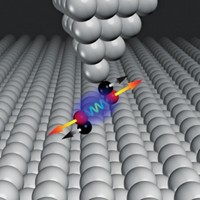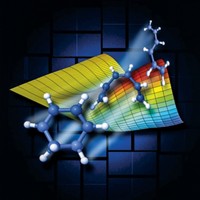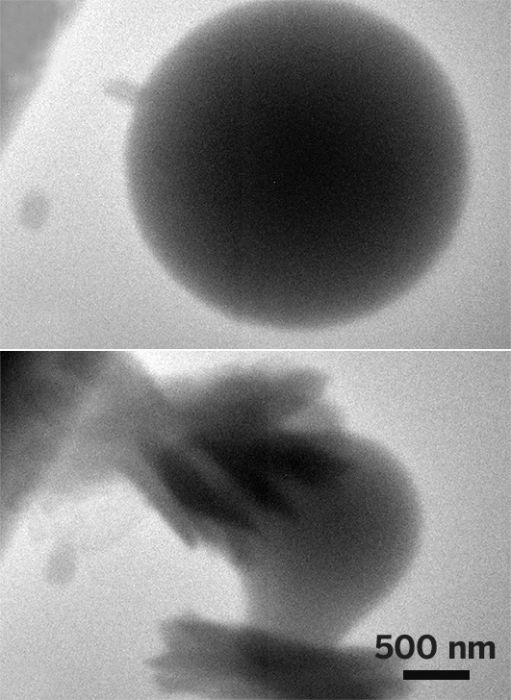Advertisement
Grab your lab coat. Let's get started
Welcome!
Welcome!
Create an account below to get 6 C&EN articles per month, receive newsletters and more - all free.
It seems this is your first time logging in online. Please enter the following information to continue.
As an ACS member you automatically get access to this site. All we need is few more details to create your reading experience.
Not you? Sign in with a different account.
Not you? Sign in with a different account.
ERROR 1
ERROR 1
ERROR 2
ERROR 2
ERROR 2
ERROR 2
ERROR 2
Password and Confirm password must match.
If you have an ACS member number, please enter it here so we can link this account to your membership. (optional)
ERROR 2
ACS values your privacy. By submitting your information, you are gaining access to C&EN and subscribing to our weekly newsletter. We use the information you provide to make your reading experience better, and we will never sell your data to third party members.
Analytical Chemistry
Reaction Patterns Revealed In 3-D
Researchers observe three-dimensional Turing diffusion patterns in a model chemical system for the first time
by Lauren K. Wolf
February 14, 2011
| A version of this story appeared in
Volume 89, Issue 7
A research team at Brandeis University has observed three-dimensional reaction-diffusion patterns, known as Turing patterns, in a model chemical system for the first time (Science, DOI: 10.1126/science. 1200815). The Turing model, developed in the 1950s, describes how diffusing, interacting species create specific spatial cell patterns during processes such as embryonic development. Until now, only 2-D patterns have been measured for chemical and biological systems. Using absorption tomography, Irving R. Epstein and coworkers visualized 3-D patterns in a microemulsion-based Belousov-Zhabotinsky oscillating redox reaction. The researchers mixed aqueous malonic acid, sodium bromate, sulfuric acid, and the iron redox indicator ferroin with a surfactant and cyclooctane in a capillary to create the microemulsion. During the redox reaction, fast-diffusing nonpolar intermediates communicate between the slow-diffusing droplets containing ferroin, which is detected by absorption imaging. By controlling the initial concentrations of the reactants, the team created cylindrical, labyrinthine, and other motifs that demonstrate the importance of dimensionality and starting conditions on pattern formation. Although 3-D Turing patterns have yet to be reported for biological systems, the researchers suggest it could happen soon for lab studies on processes such as skeletal formation.





Join the conversation
Contact the reporter
Submit a Letter to the Editor for publication
Engage with us on Twitter